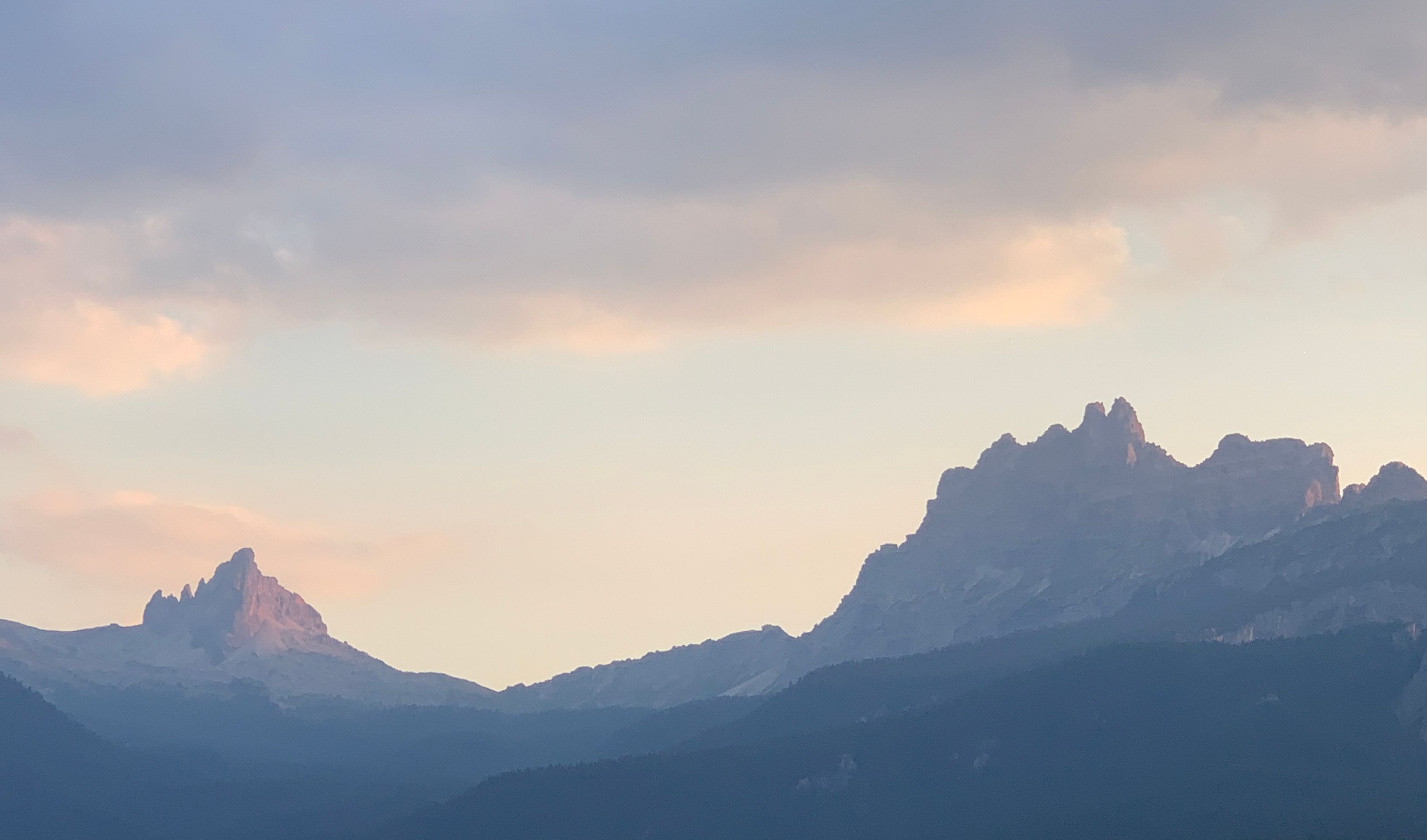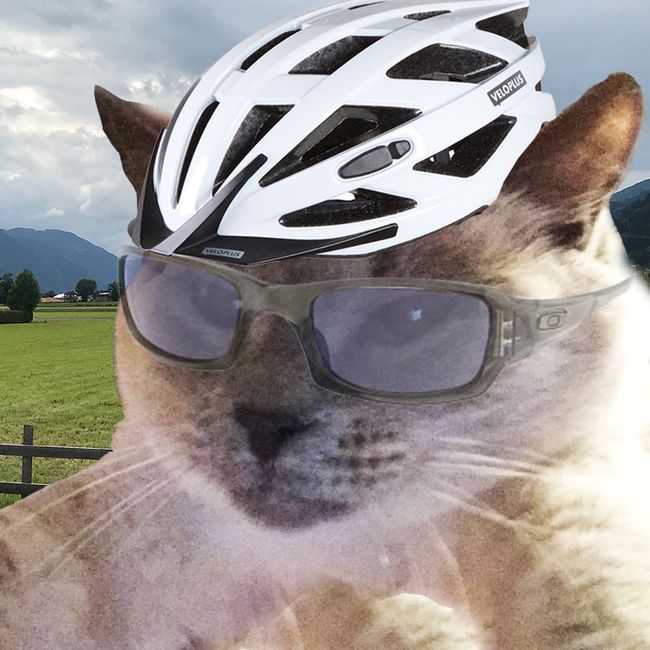Potosí - the Underrated
نشرت: 11.10.2018
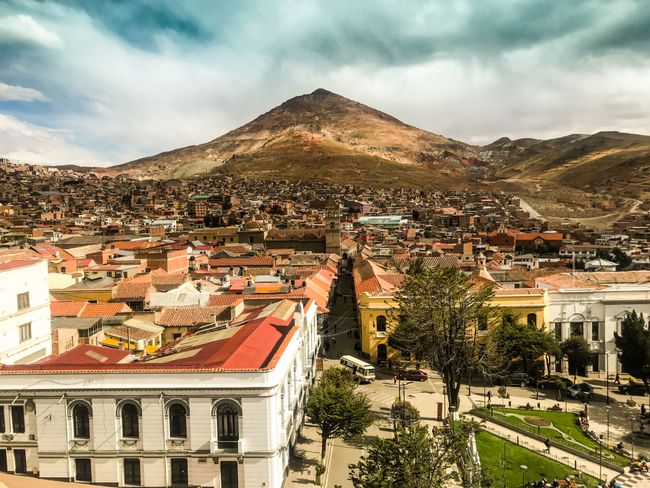
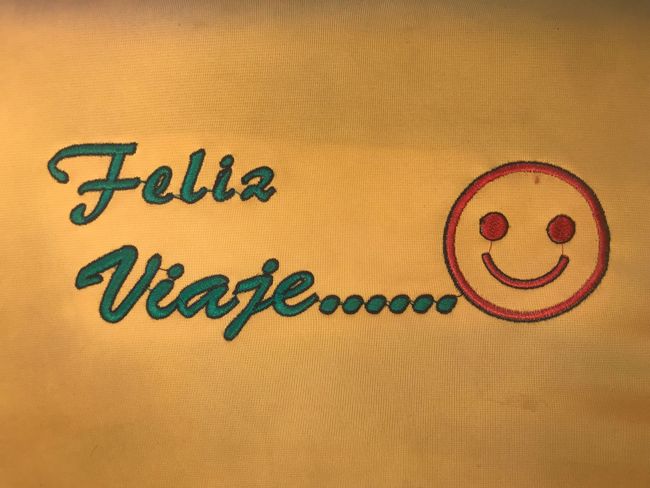
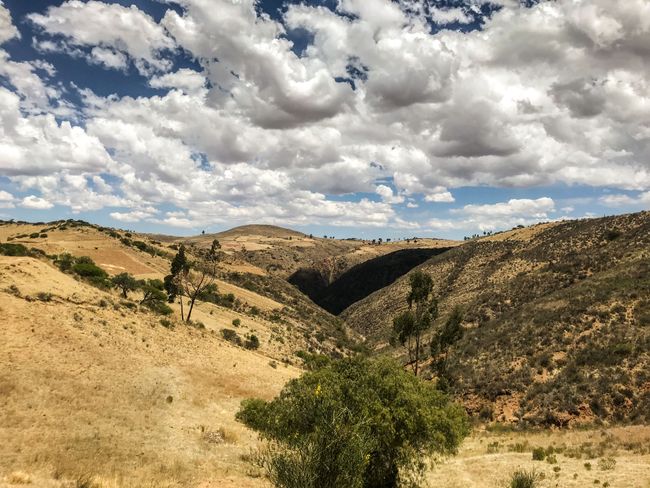
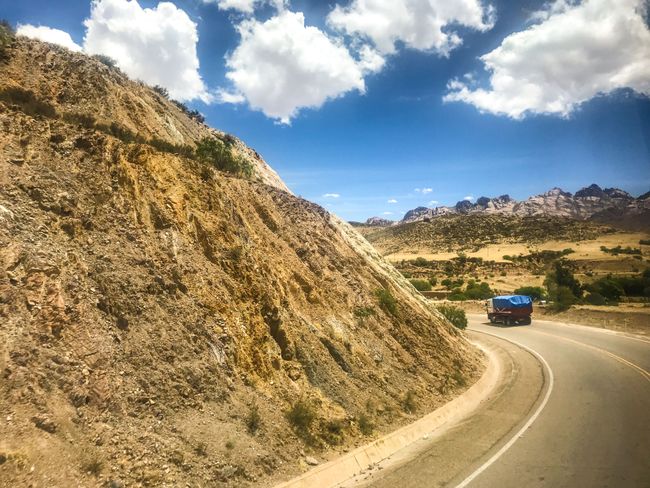
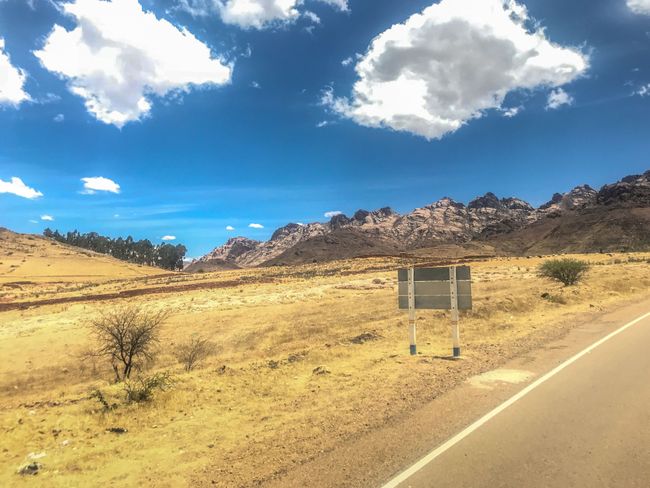
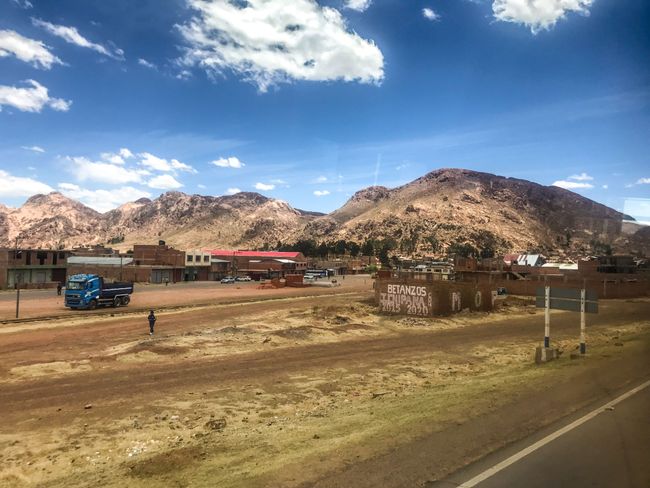
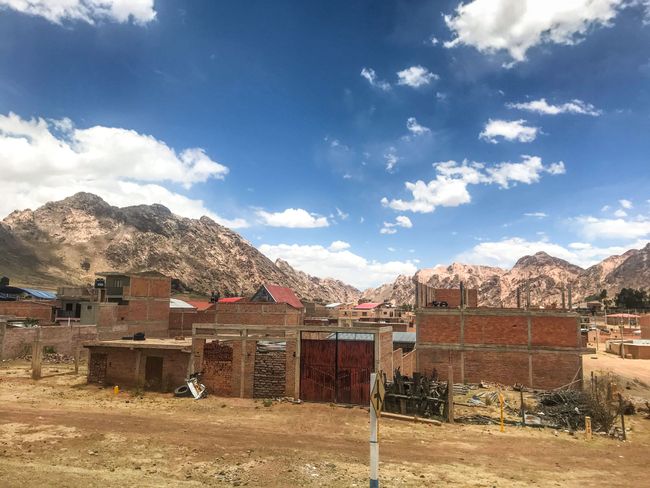
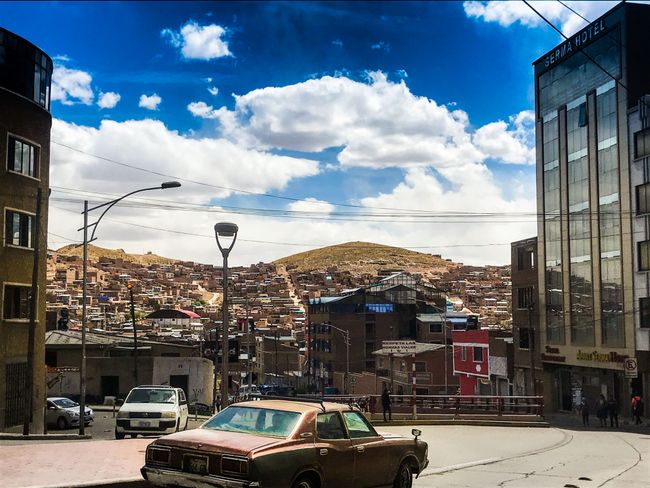
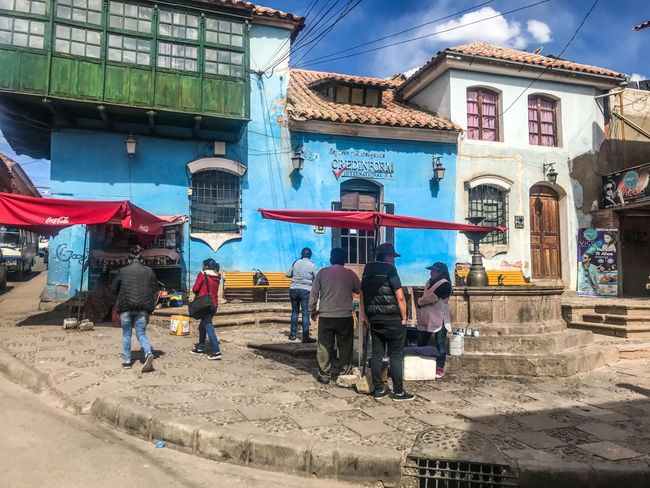
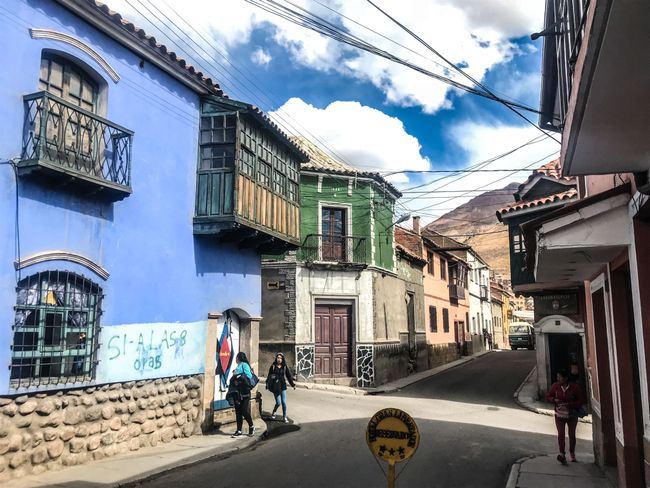
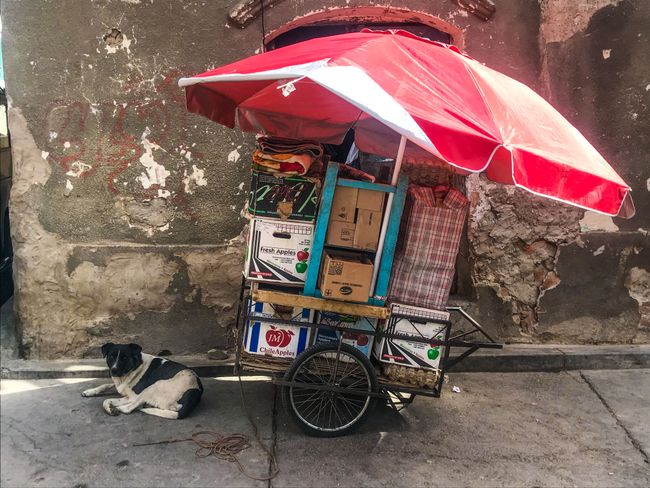
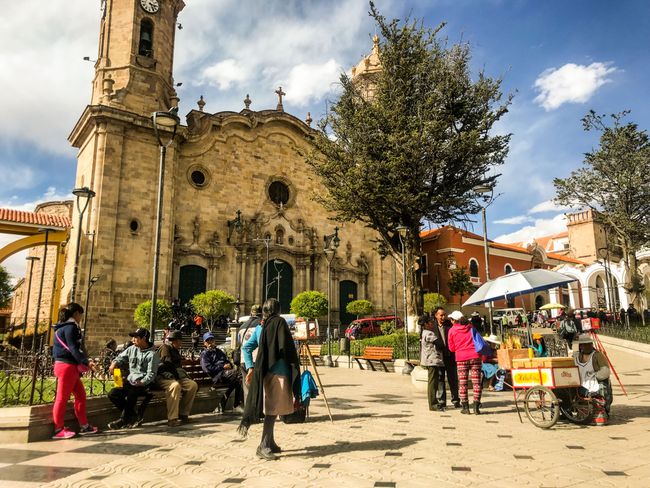
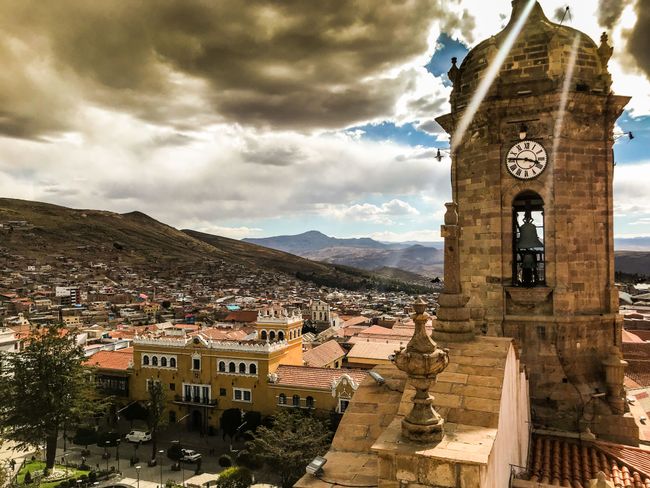
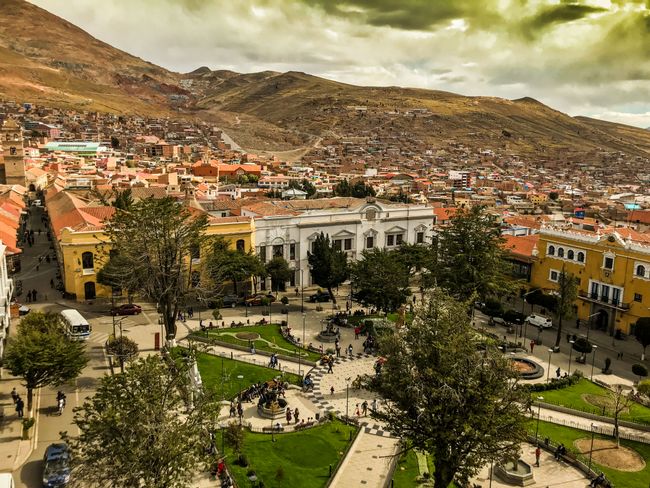
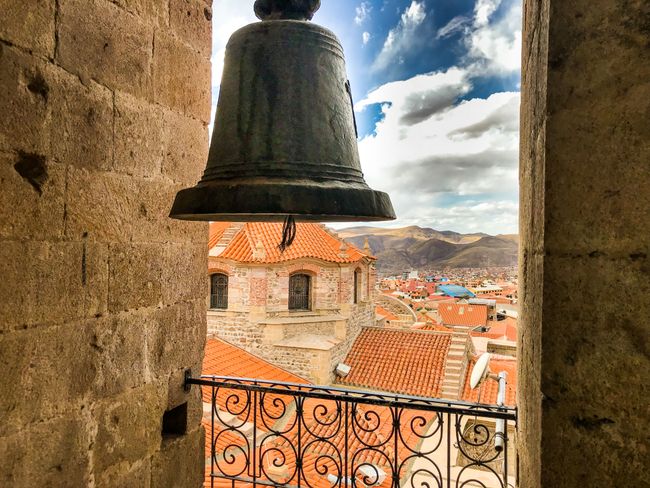
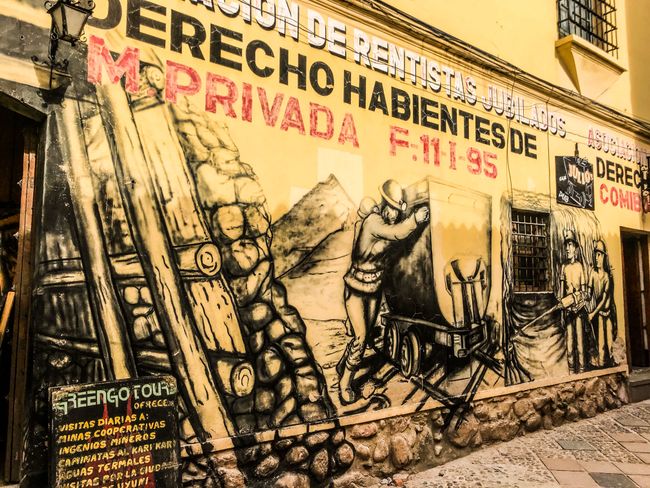
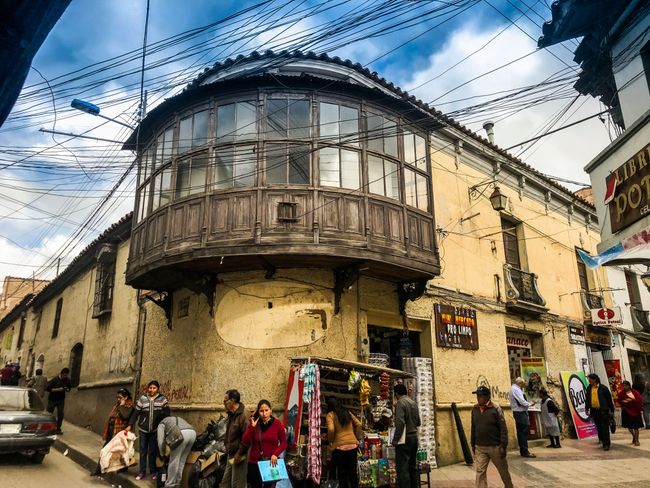
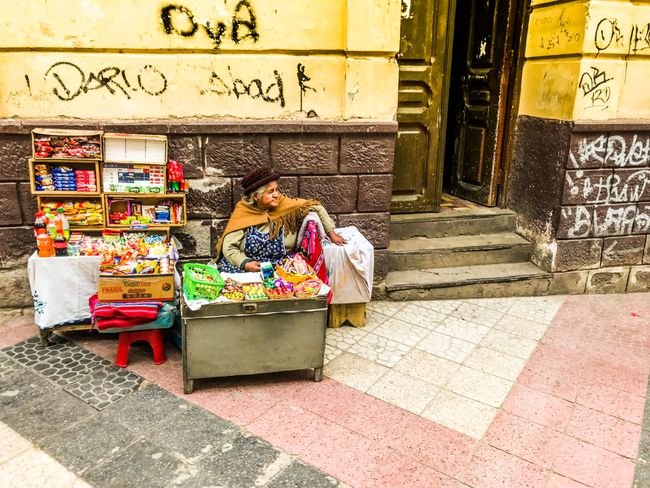
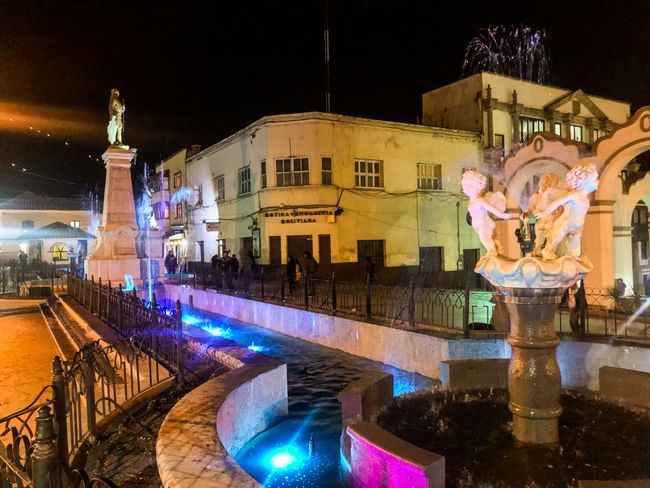
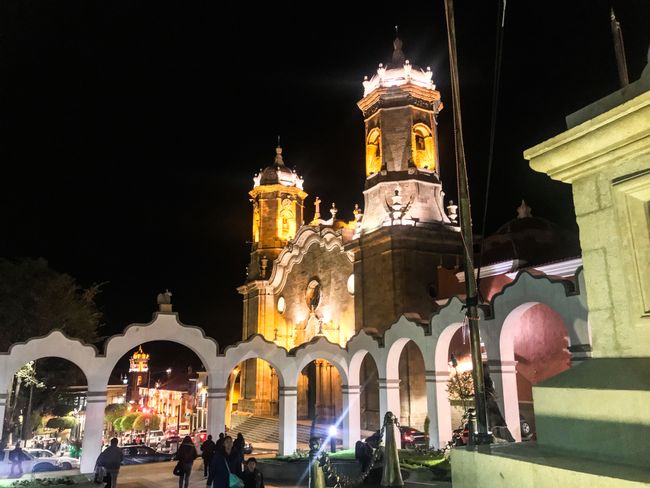
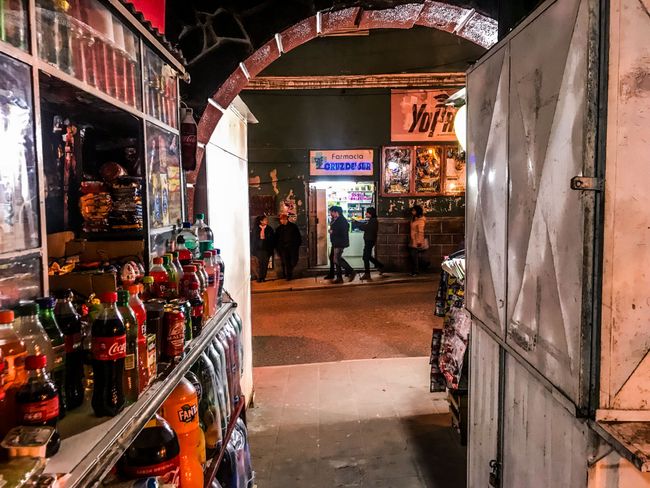
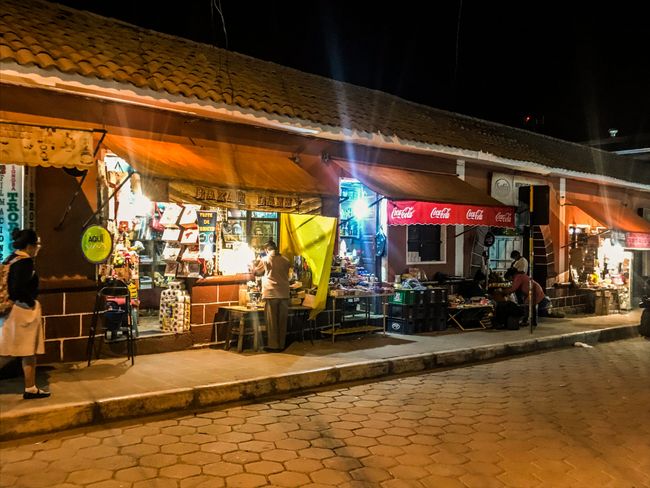
اشترك في النشرة الإخبارية
Shortly after arriving in Sucre, we had already decided to split the upcoming journey to Uyuni and make a stopover in the mining town of Potosí. We also chose to travel by public bus to feel a) young again and b) like real travelers who want to interact with the local people (although usually only hanging out with other travelers). Furthermore, we thought it wouldn't be a bad idea to spend a night at 4000 meters altitude, in case we needed to retreat back to Sucre.
The bus ride was absolutely spectacular, first descending through a river valley for a long time, and then, roughly in the middle of the route, ascending to the Altiplano, where we briefly reached an altitude of over 4000 meters. The bus struggled to climb the hairpin bends, and the view constantly changed. It's a shame that we were sitting on the less good side of the bus, even though our seats were supposed to be on the side with the better panoramas. However, a man had settled there and preferred to sleep through the fantastic scenery...
But it was still amazing, and we arrived in Potosí in the afternoon. The main attraction of the city is the silver mine on Cerro Rico, which has been exploited for over 300 years. This apparently applies not only to the mine, but also to the workers, who still toil underground under precarious conditions. Lack of safety equipment, asbestos, occupational diseases - the life expectancy of a miner in Potosí is allegedly 40 years! Now various tour operators offer tours into these mines, which are certainly impressive but also dangerous and morally highly questionable. And when you see pictures of tourist groups posing with dynamite sticks for a group photo... No thanks. Additionally, the idea that certain sections have to be crawled through caused me claustrophobic feelings. Instead, we wanted to visit an interesting museum, which according to TripAdvisor is a much better alternative. However, it would be nice if the same website provided accurate address information, as apparently no taxi driver has ever heard of this museum.
So we settled for an extended stroll through the colonial center, and it was very enjoyable. Most tourists completely ignore Potosí, which is really a shame, because the center is full of colonial jewels, the city is lively and extremely pleasant. And Potosí has something that Sucre lacks: a pedestrian zone.
For a better overview and some additional altitude training, we also climbed the bell tower of the cathedral. It's only about 30 meters high, but we had to take two breaks on the ascent. I had considerable respect for the altitude and especially altitude sickness in advance (and I still do). So we are even happier now after four days at altitudes of 2800 and now 4000 meters. We are doing well. The gradual acclimatization over several days was sensible. In addition, we drink plenty of water every day, and I have 2-3 cups of coca tea. Bettina finds the tea disgusting, even though it tastes similar to green tea and - after four days of self-experimentation - doesn't make you high or anything like that. However, we still feel the altitude: dry mouth, sometimes a bit of a stuffy head, and as soon as we go uphill, the air becomes thin. But as long as that's the only thing, we are more than satisfied and confident in our ability to carry out our travel plan.
That plan leads us further to Uyuni, home to the largest salt flat in the world and one of the main destinations of our trip. After Sucre (the Beautiful) and Potosí (the Underrated), the next stop is the Ugly. Uyuni is actually described that way. We're curious to see...
اشترك في النشرة الإخبارية
إجابة

تقارير السفر بوليفيا
